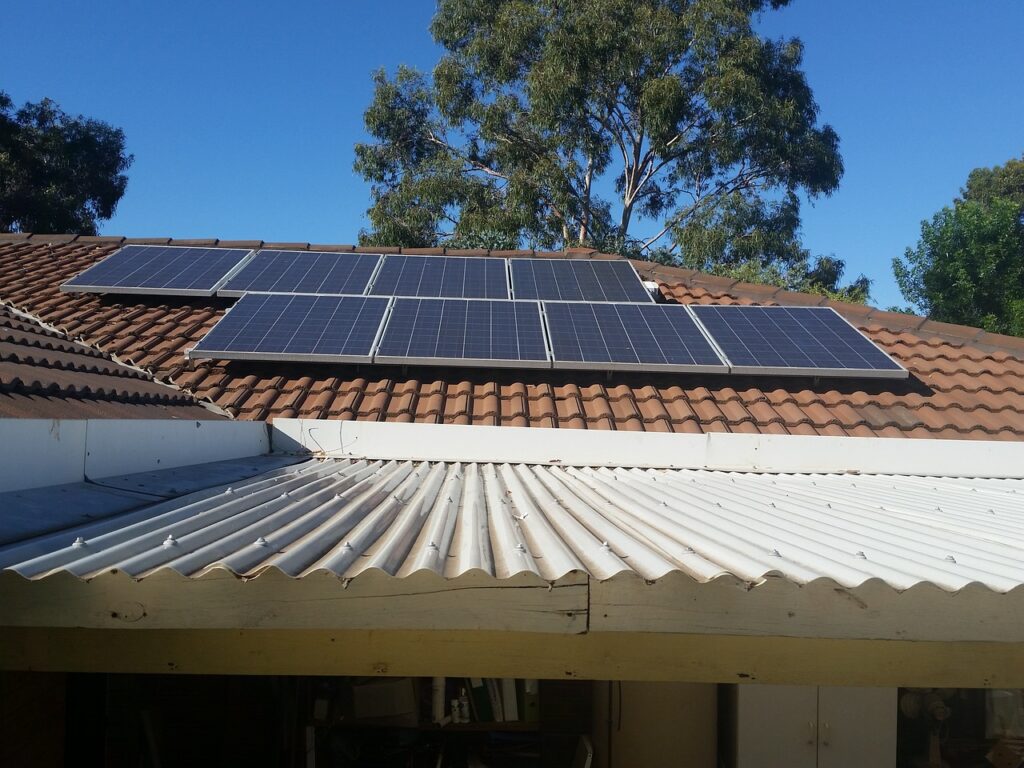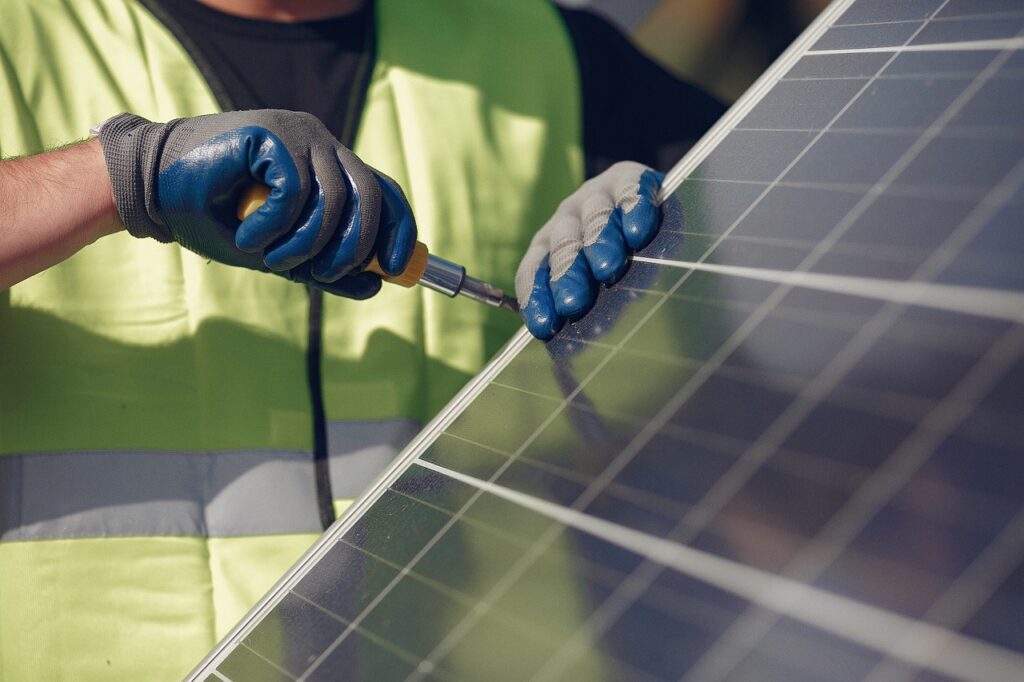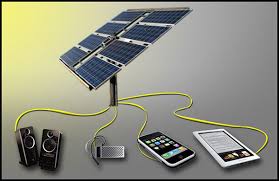Share on Social Network!
Unveiling the Power of Solar Energy: A Beginner's Guide

In our quest for a cleaner and sustainable energy future, solar power has emerged as a shining solution. This guide will provide you with a comprehensive understanding of solar energy, its mechanics, advantages, installation process, and whether it’s the right fit for your energy needs.
Solar Power Defined: Solar power is a renewable energy source that taps into the sun’s radiance, converting sunlight into electricity through photovoltaic cells or solar panels. This energy conversion process has the potential to revolutionize how we power our homes and businesses.
Working Principles of Solar Energy:
Photovoltaic Cells: Solar panels comprise photovoltaic cells, which contain semiconductors like silicon. When sunlight hits these cells, it triggers a release of electrons, generating direct current (DC) electricity.
Inverter Conversion: The DC electricity is then directed to an inverter, which converts it into alternating current (AC) electricity – the standard form of electricity used in households and industries.
Utilization and Storage: The AC electricity powers your devices and appliances directly. Any excess electricity can be fed back into the grid or stored in batteries for later use.
Benefits of Solar Power:
Sustainable Resource: Sunlight is an everlasting and replenishing source of energy.
Economical: Generating your electricity translates to significant savings on monthly bills.
Low Maintenance: Solar panels require minimal upkeep and boast a long lifespan.
Eco-Friendly: Solar power significantly reduces greenhouse gas emissions, promoting a cleaner environment.
Energy Independence: Self-generated power grants you autonomy and minimizes reliance on fossil fuels.
Installing Solar Power:
Site Assessment: Professionals gauge your location’s solar potential by assessing factors such as sunlight exposure and shading.
Panel Placement: Solar panels are strategically installed on rooftops or open areas with optimal sunlight exposure.
Inverter Integration: The inverter is integrated either on-site or alongside the panels, depending on the system.
Wiring Connection: Wiring links panels to inverters and inverters to your electrical system.
Monitoring Setup: Many installations include a monitoring system to track energy production and usage.
Is Solar Energy Right for You? Solar power is an excellent option for homeowners, businesses, and communities aiming to reduce carbon footprints, trim energy costs, and contribute to a greener world. Although initial investment might seem substantial, government incentives and long-term savings make it a smart financial decision.
Conclusion: Embracing solar energy empowers us to shift towards a cleaner, more sustainable energy paradigm. As solar technology advances and accessibility widens, it has the potential to illuminate a brighter, greener future for generations to come. To join this solar revolution, consider integrating solar power into your energy strategy and be a part of the change that our planet so desperately needs.
Share on Social Network!



